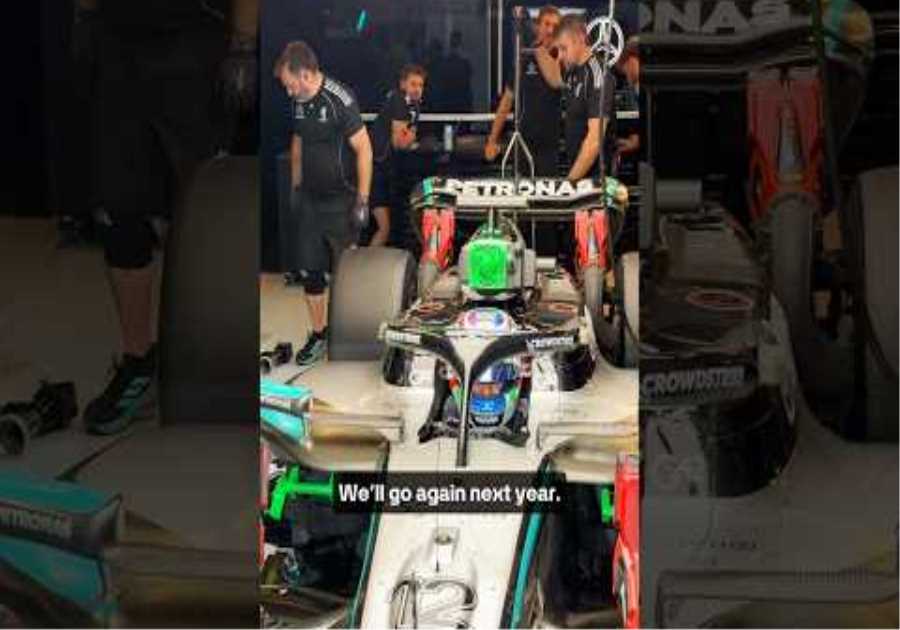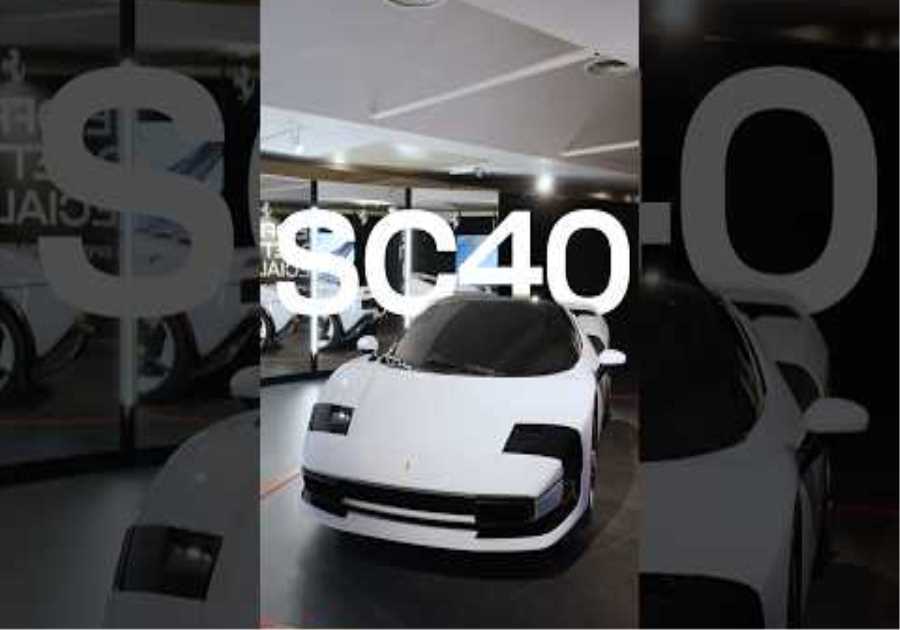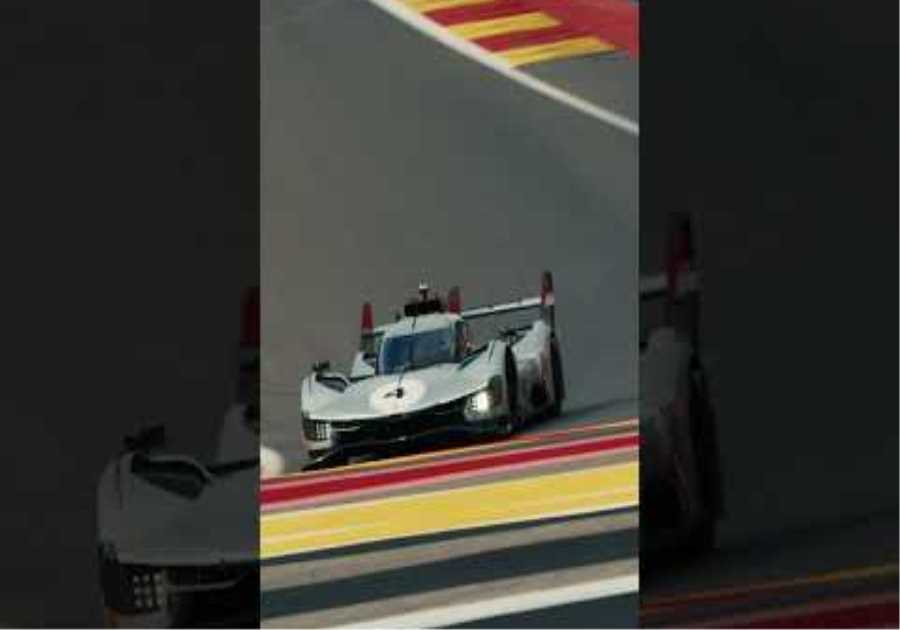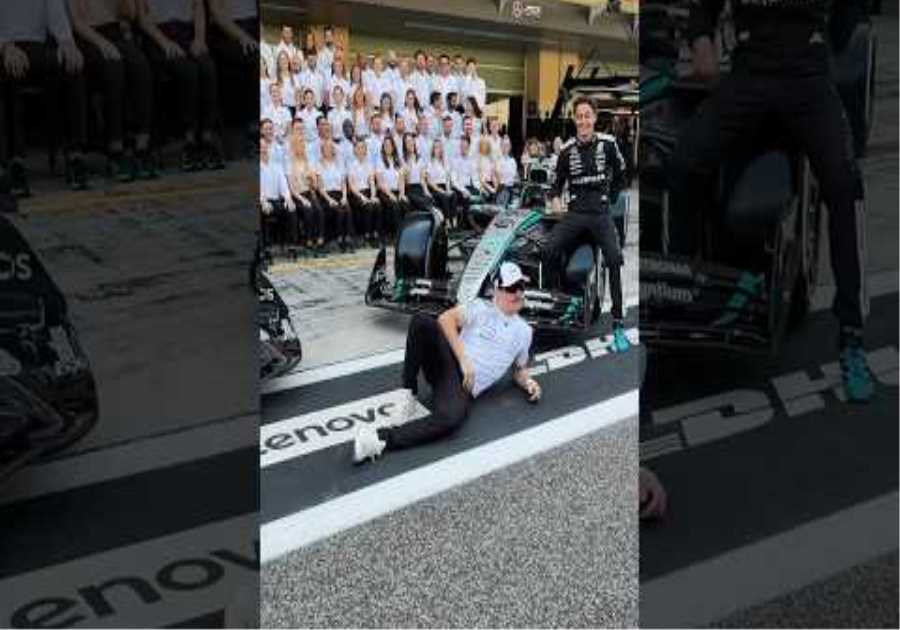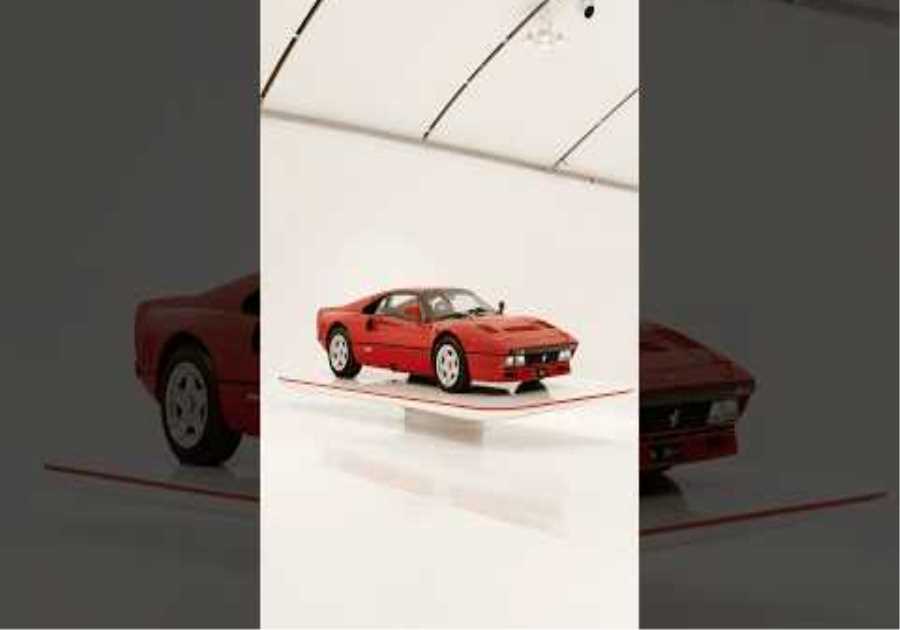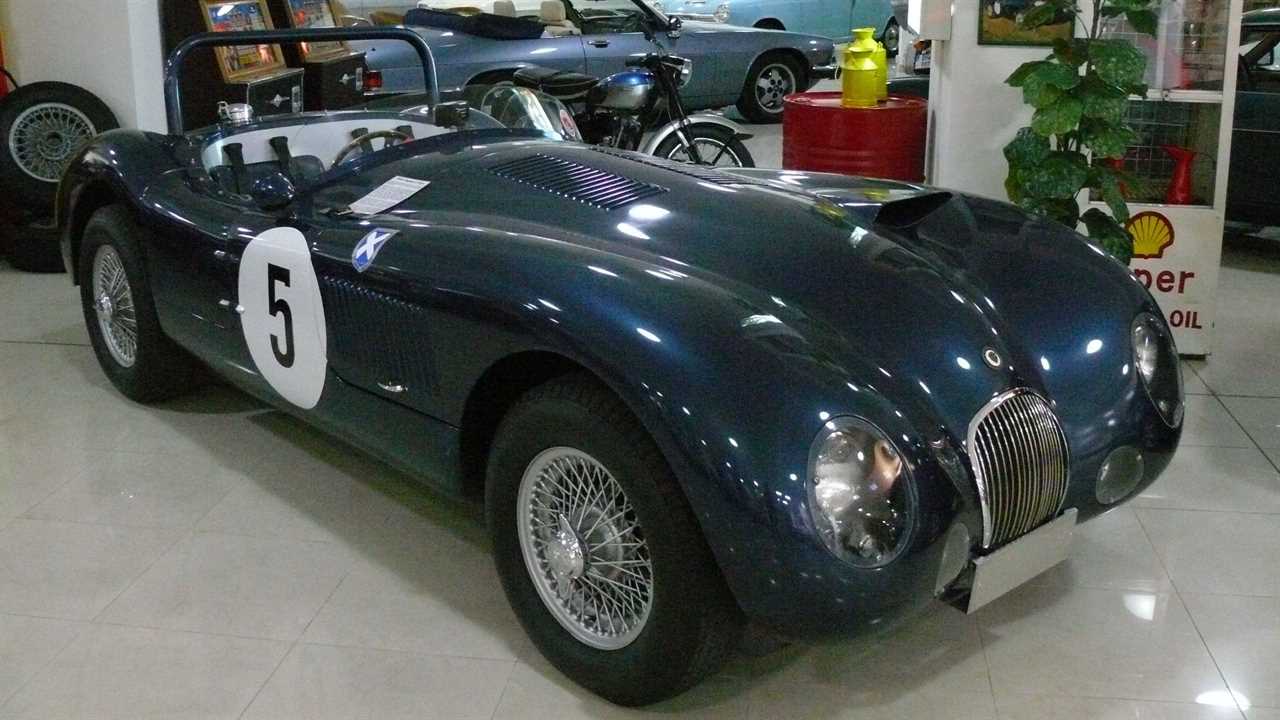
Over the years, we have seen a lot of very cool cars come and go at Le Mans. Strong teams were able to come up with amazing models to compete against their rivals, while many other companies attempted to break the mold and change the race forever. Although there have been a lot of special cars to grace the event, here are the top 10.
TOP SPEED VIDEO OF THE DAY
10/10 1970 Porsche 917
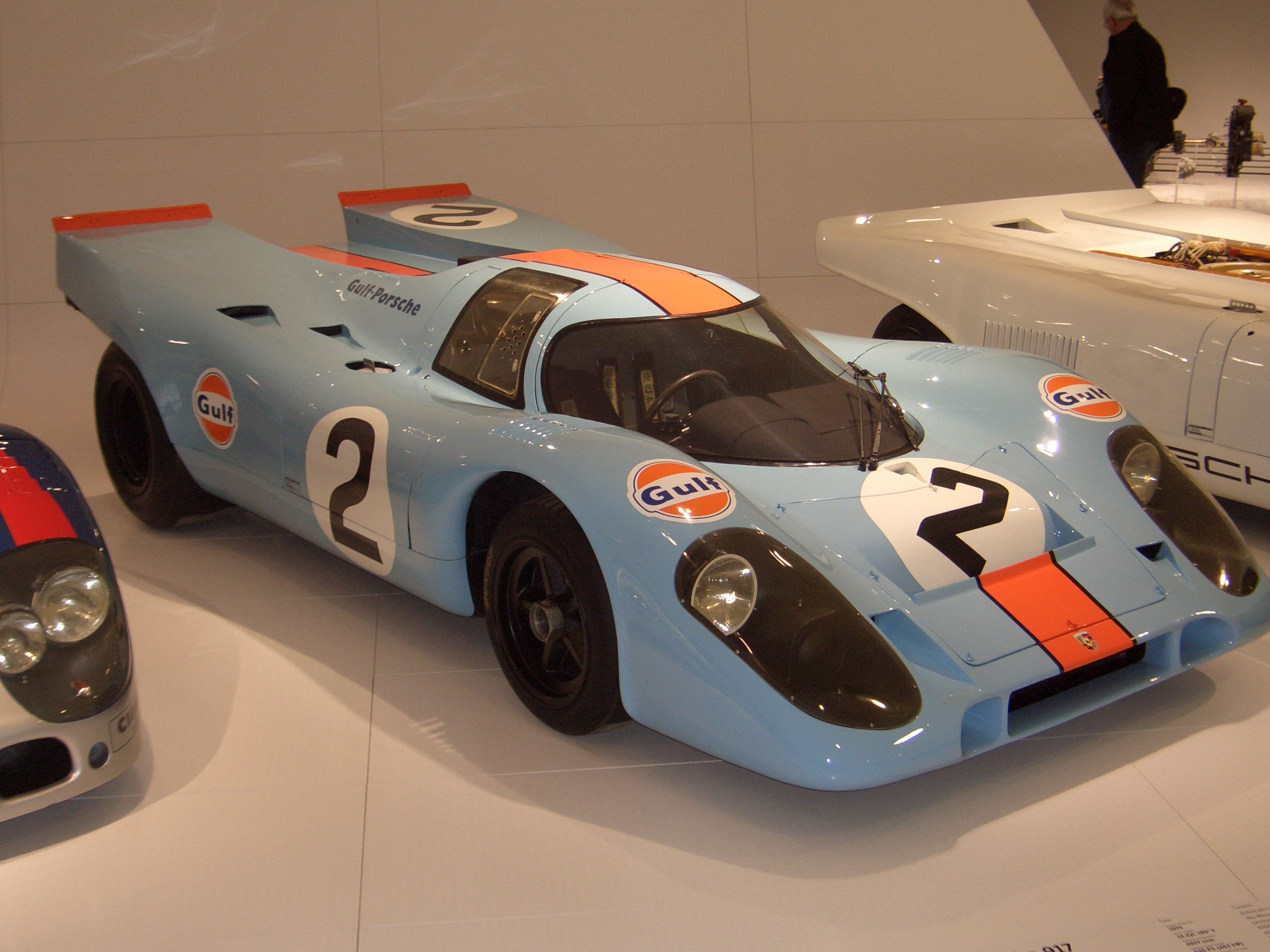
A front angle shot of the famous 1970 Porsche Gulf 917 parked indoors at the Porsche Museum in Stuttgart, Germany.
The 1970 Porsche 917 is classic cool done right. It even had its own movie with actor Steve McQueen, which made the car a big hit in the world of pop culture and collectibles. However, the most exciting of all is that this car gave Porsche its first overall wins at the 24 Hours of Le Mans in 1970 and 1971. At first, the car was an unruly wildcat for the team – hard to control and too much for the frame and suspension to handle. After some tweaks that made it easier to drive, it was able to sweep the race and start a whole new understanding of how the Le Mans was run.
9/10 1933 Alfa Romeo 8C 2300LM
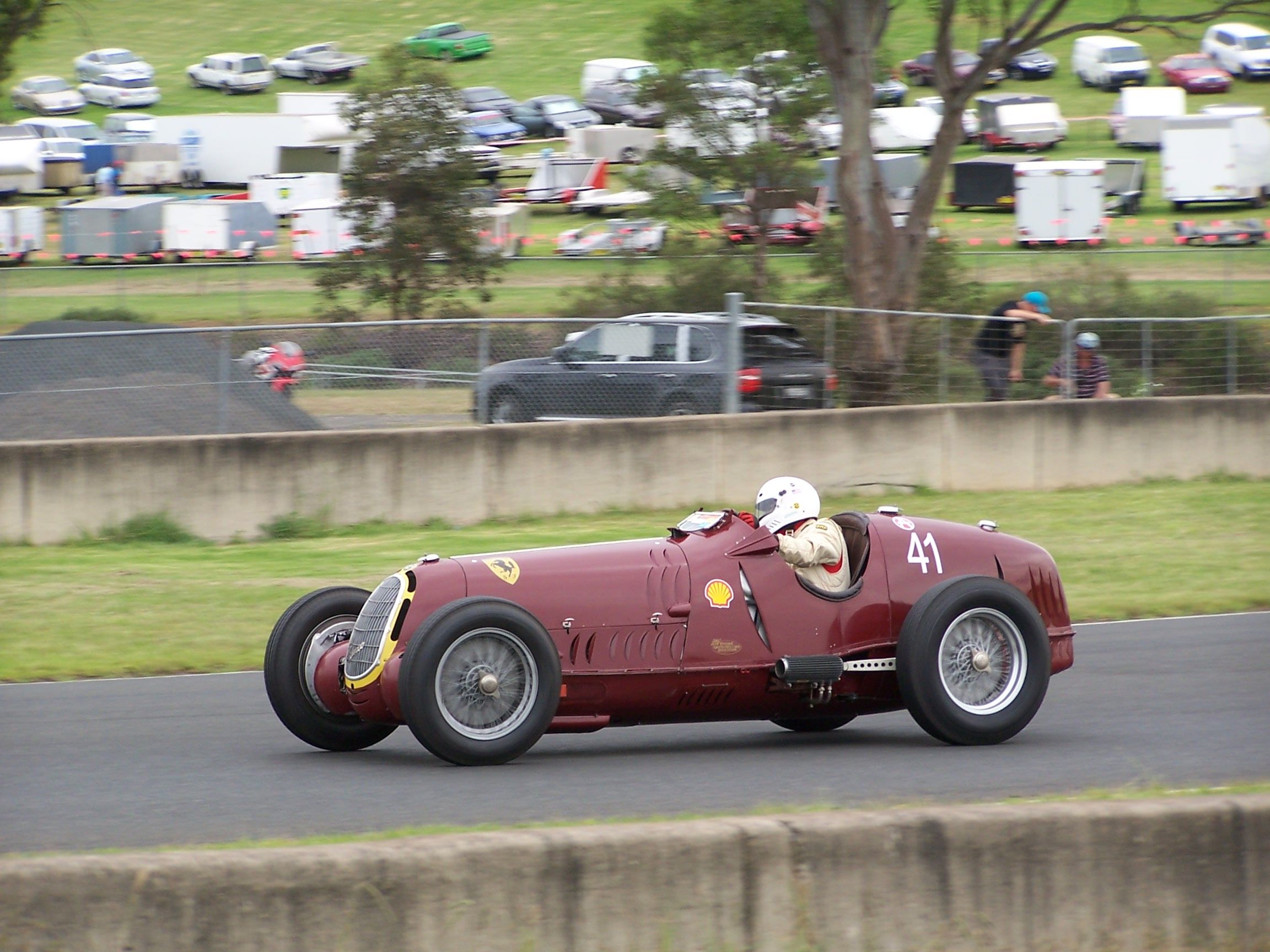
A side action view of a 1933 Alfa Romeo 8C 2300 LM on the racetrack.
Another car with a famous history at Le Mans is the Alfa Romeo 8C. Also known as the ‘8C 2300 tipo Le Mans’, the car was really just the sport version of the 8C 2300’s civilian model. It had a successful debut at the 1931 Eireann Cup while being driven by none other than the Henry Birkin. It won the 24 Hours of Le Mans from 1931 through 1934. The car was truly a staple that set the standard for the sport in a number of different ways at the time.
8/10 1960 Le Mans Corvette
In 1930, Briggs Cunningham took the 1960 Corvette V-8 to victory for the first time for the company. In order to win the race, the engine was upgraded from a respectable V-6 to a monstrous V-8 engine – among many other sporty upgrades. But, it wasn’t just their impressive power that won them the race; a bit of luck helped as well. A storm blew into the race at night and caused a few accidents which changed the lineup of the race quite a bit. Two of the three Corvettes were damaged – one quit the race and the other fell far behind. The third and final Corvette managed to take the lead and win the race. It was an exciting story that would soon turn into many more as Corvette continues to show up at Le Mans to this day in the GTE classes.
7/10 2012 Nissan Delta Wing
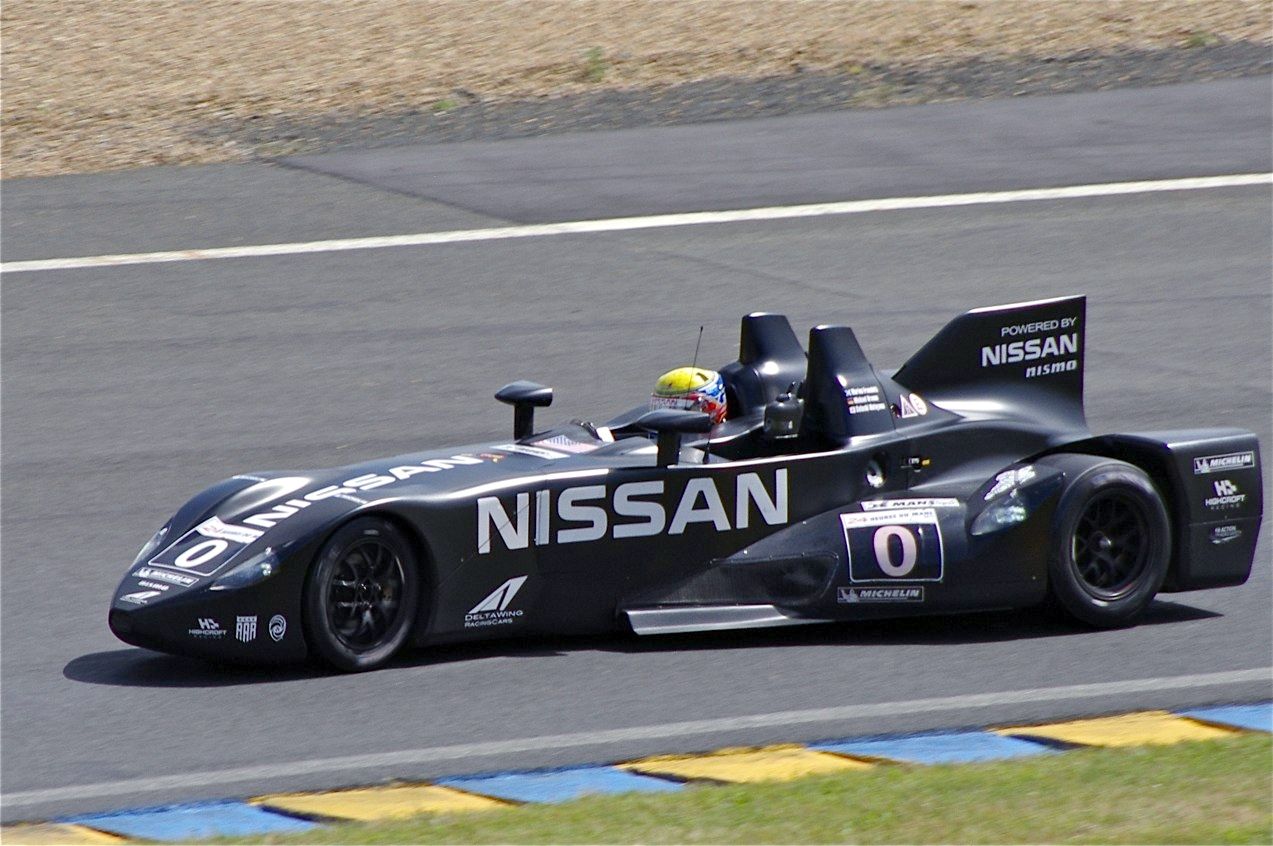
A side action shot of the 2012 Nissan Deltawing on the racetrack.
The 2012 Le Mans was one helluva race to watch. It was made especially exciting as the Nissan DeltaWing took on the race for the first time. This car looked like a combination of the Batmobile and a drag racer combined into some kind of super jet car. Its creators were attempting to mold the future with its radical new design, only to watch it go up in flames as the car wrecked on the 75th lap of the race. However, the car managed to stick in all of our memories as one of the most iconic cars of the Le Mans.
6/10 1967 Chaparral 2F
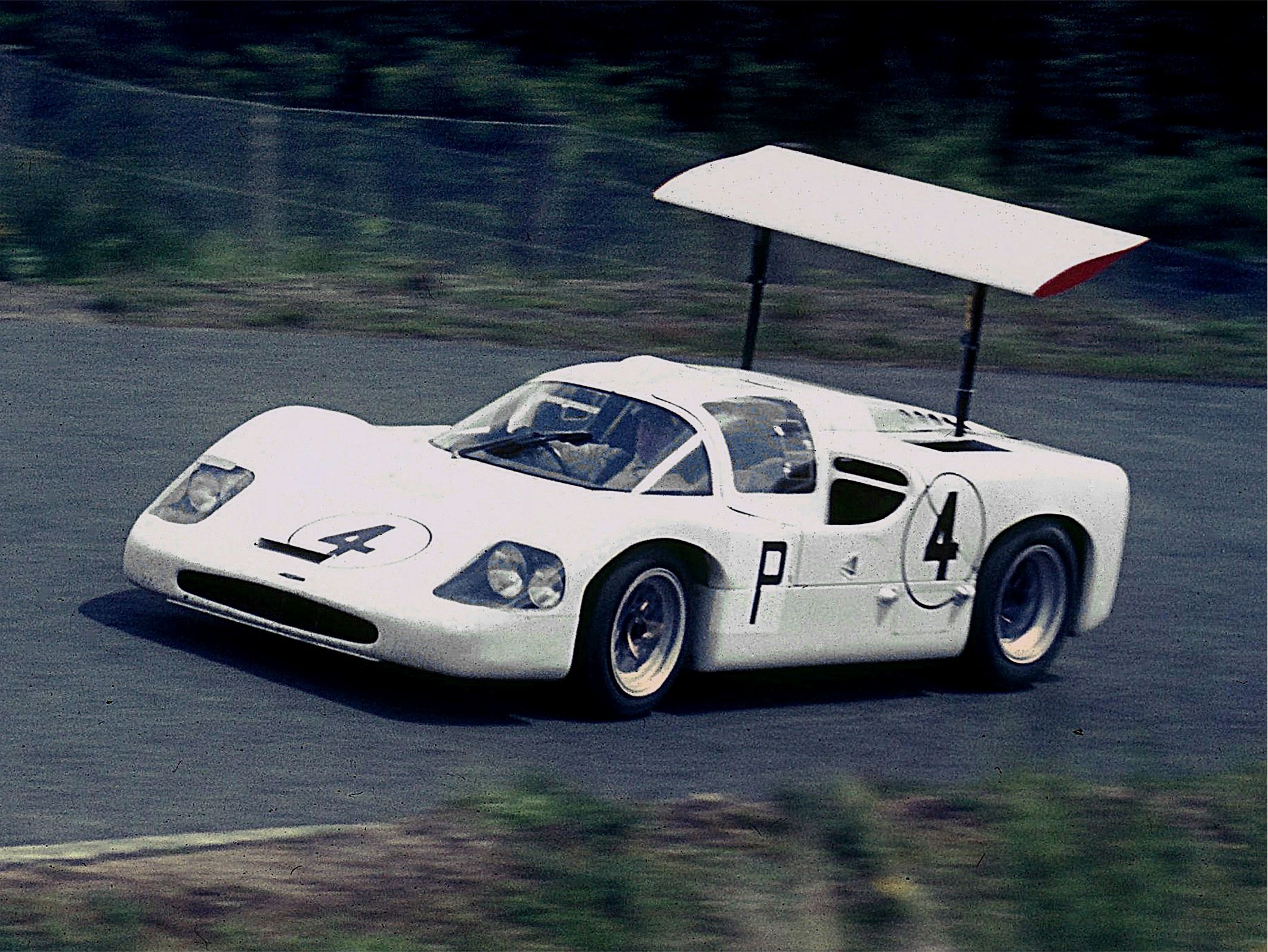
A front angle view of a 1967 Chaparral 2F driving on the racetrack.
Created by the legendary racer Jim Hall, the Chaparral 2F is the car that brought downforce to Le Mans. It achieved this by putting a massive driver-adjustable wing on the back of the car. Many racing leaders in charge of regulations hated the wing – they had no idea how important downforce was to racing, at least not yet. They banned the wing for as long as they could, but it still popped up in races elsewhere and soon the writing was on the wall. Eventually, the wing haters couldn’t hold back anymore and gave way to what is now the downforce-focused racecar that is standard at the Le Mans today.
5/10 1995 McLaren F1 GTR
.jpg)
A front angle shot of a 1995 McLaren F1 GTR racing on the track.
Here we have a car that was so popular, the fans themselves brought the car to the track. Originally designed as a very fast street car, drivers loved it so much they were pissed outright that the car wasn’t at the Le Mans for them to watch. McLaren heard the pleas of its fanbase and decided it was time to put the F1 on the racetrack with a new GT model. The car did so well that it was quickly bought by a few other teams and secured them top five pole positions with ease. It looks cool, is almost as hell, and everyone wanted one, both on the track and at home – what more could a car company want?
4/10 1964 Ferrari 250LM
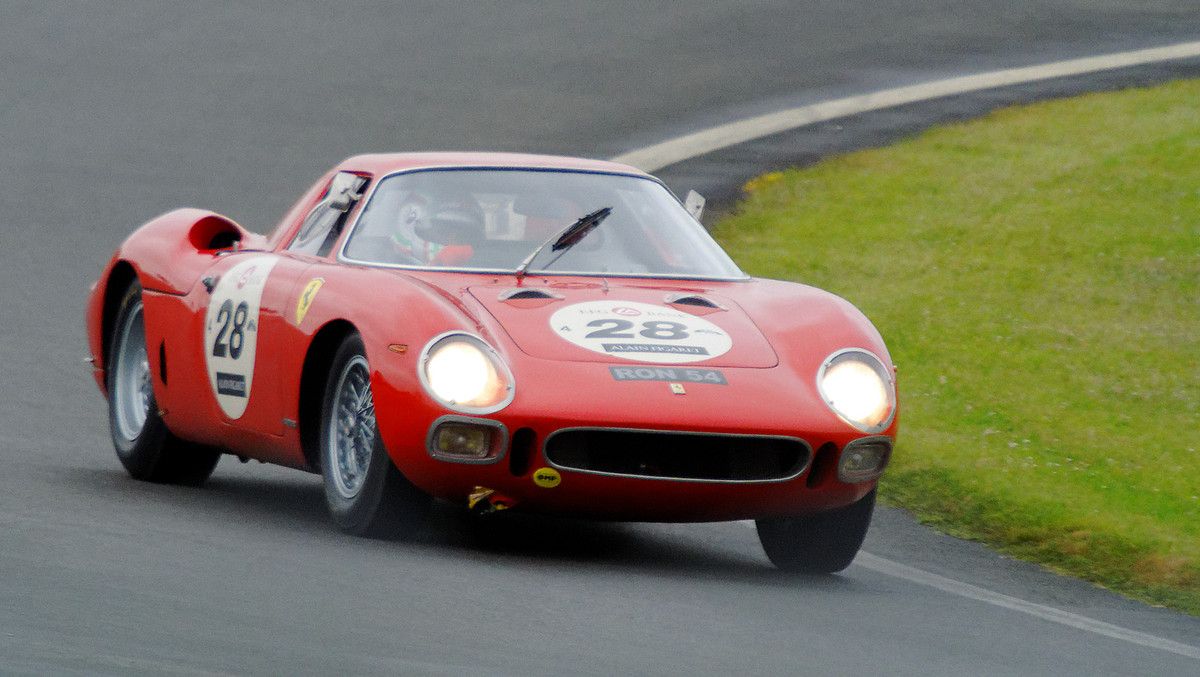
Front angle shot of a 1964 Ferrari 250 on the racetrack.
From 1960 to 1965, Ferrari was the one to beat at Le Mans – it dominated the race and won multiple times in a row. The 1964 Ferrari 250 LM was the last Ferrari to win the race for the company before it broke up with Ford, who beat the Italian over the next few years. Since then, Ferrari has not had much luck at Le Mans beyond being a decent contender to fight for a top 10 win.
3/10 1966 Ford GT40
_(18678242328).jpg)
Side action shot of a 1966 Ford GT40 racing on the track.
This car is pretty famous for a couple of reasons. First off – it was born out of the nasty breakup between Ford and Ferrari at the time. Ford built its own car, the Ford GT40, after the two split up, and beat the pants off of the Ferrari, ending Ferrari’s Le Mans winning streak. It then continued to win from 1966 to 1969 – an impressive feat to say the least. This was a huge win for America and the fans as they had yet to have an American-made car dominate the Le Mans before 1966. Ford changed all that and has since been an important part of Le Mans.
2/10 1991 Peugeot 905
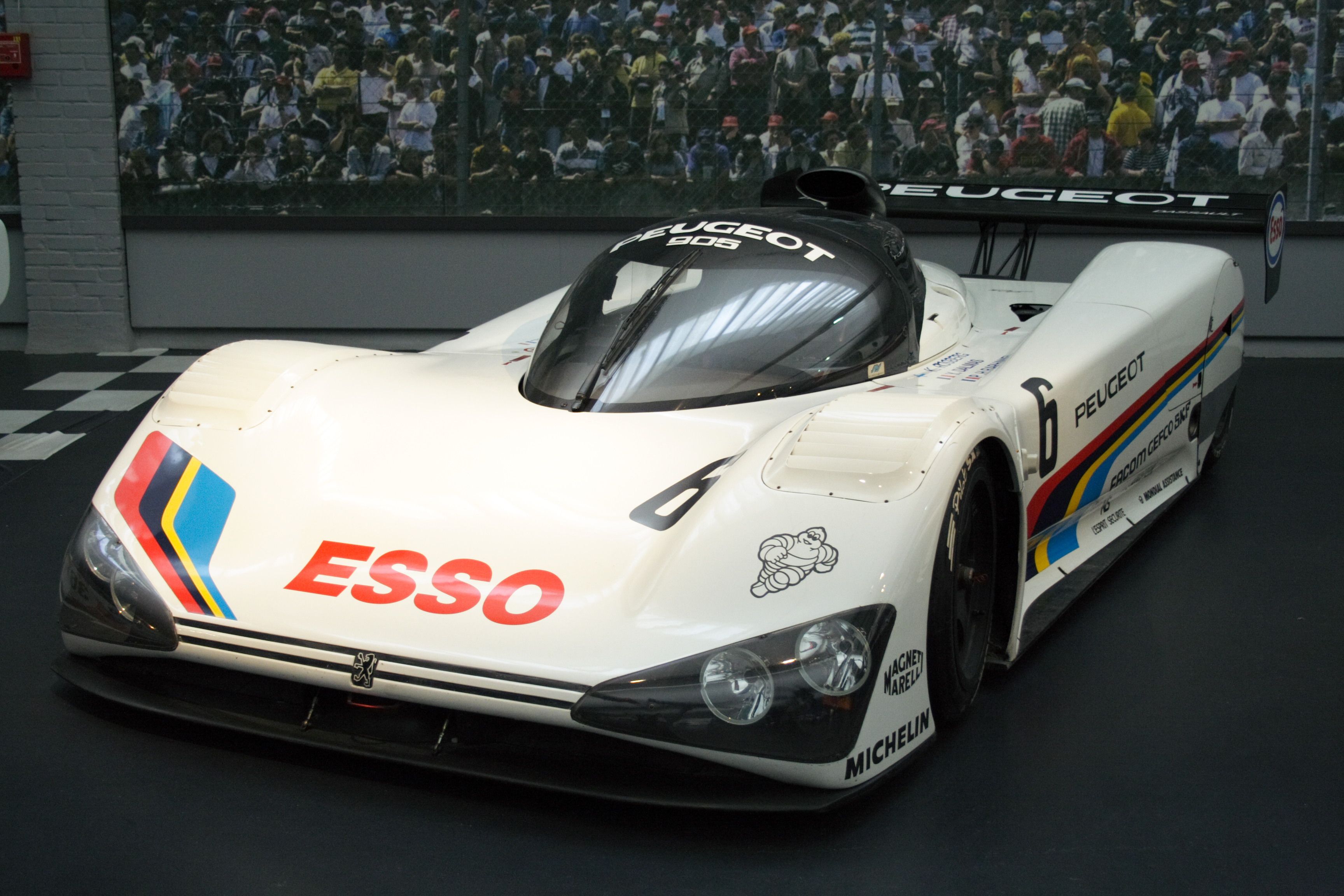
Front view of a Peugeot 905 parked indoors.
Here we have a very interesting car that is a classic piece of Le Mans history. For French fans, the 1991 Peugeot 905 is one of the coolest cars of all time. It was constantly evolving while coming in and out of the track. The original car design would get two revisions and a name change within three seasons. It became the 905B halfway through the 1991 season and then the 905 Evo 1B for the 1993 season. It won the Le Mans in 1993. After this, Peugeot would fade from the scene and focus on their F1 goals instead.
1/10 Jaguar C Type

A front angle shot of a Jaguar C-Type parked indoors.
Last, but certainly not the least, we have what is arguably the most important Le Mans racecar ever – The Jaguar C-Type. This was the car that brought the full science of aerodynamics into the racing world, thanks to an automotive engineer by the name of Malcolm Sayer. He studied and applied aerodynamics at the Bristol Aircraft Company – he understood the need for fast vehicles to be designed with mathematical precision to avoid as much drag as possible. Applying this new science to car racing had not been done on this level before, and his design won over Jaguar CEO William Lyons, leading to the company’s first win at Le Mans.
Did you miss our previous article...
https://formulaone.news/mclaren/mercedes-not-in-a-position-to-decide-on-2023-reserve-driver-role-toto-wolff

